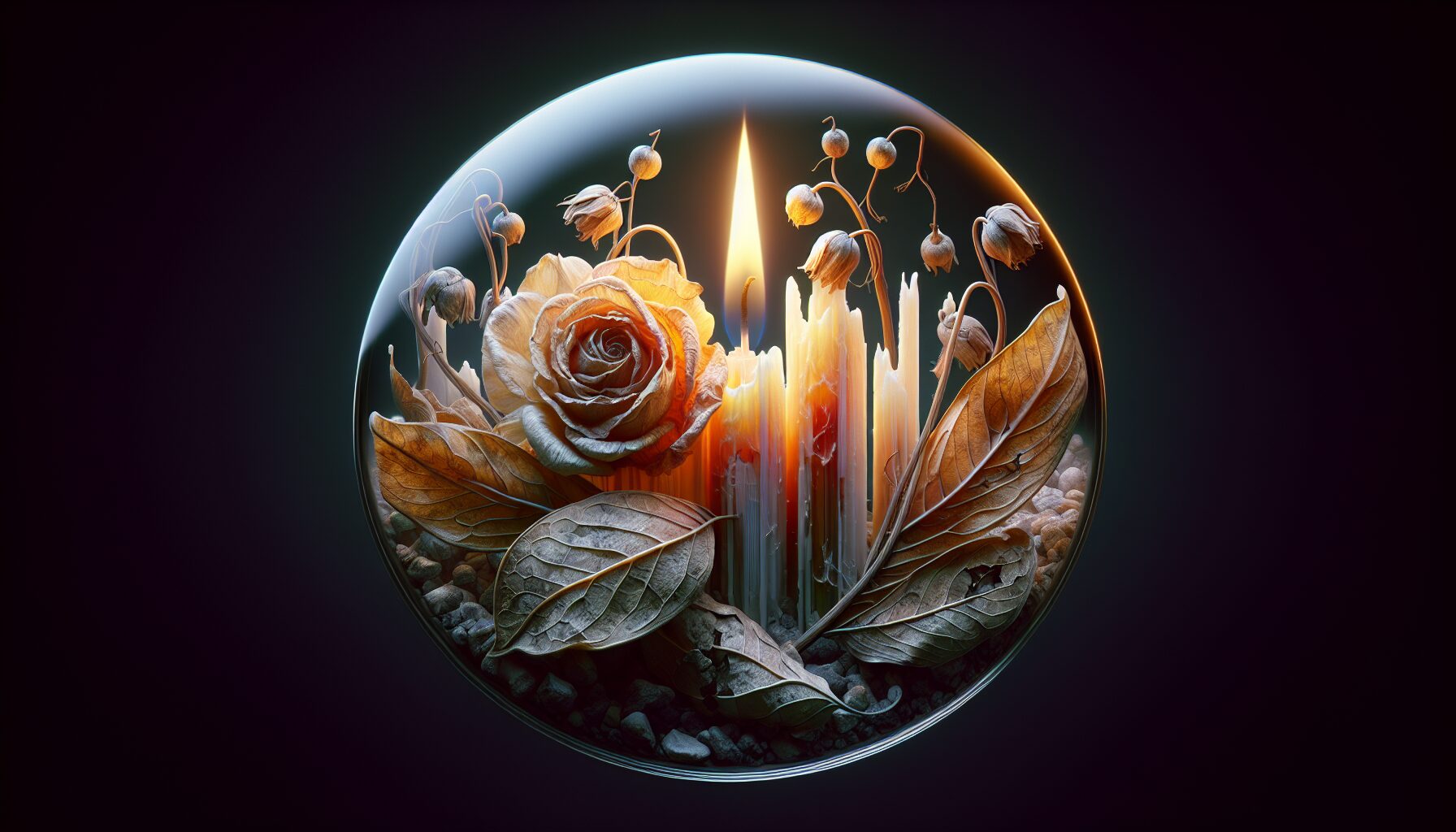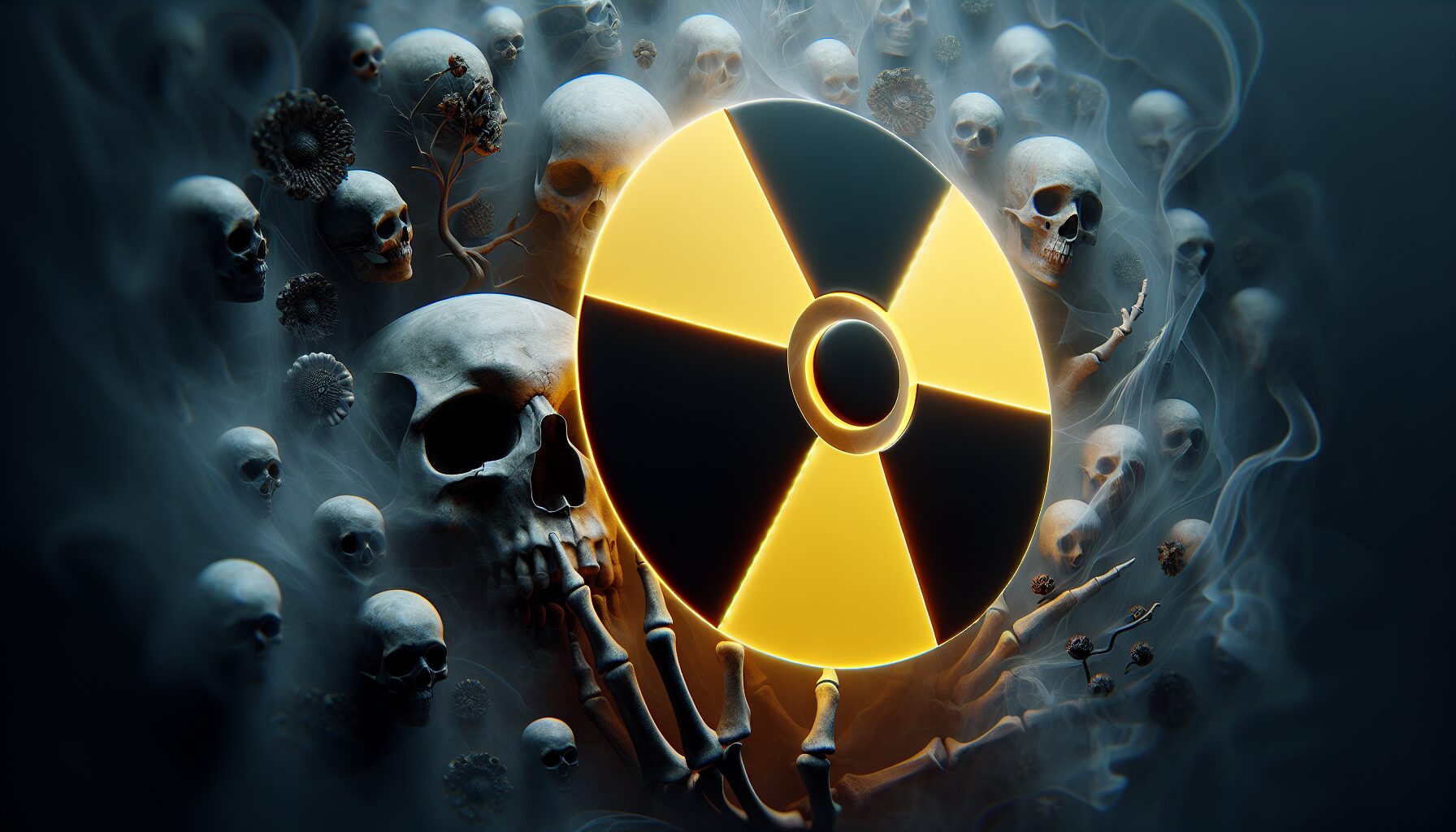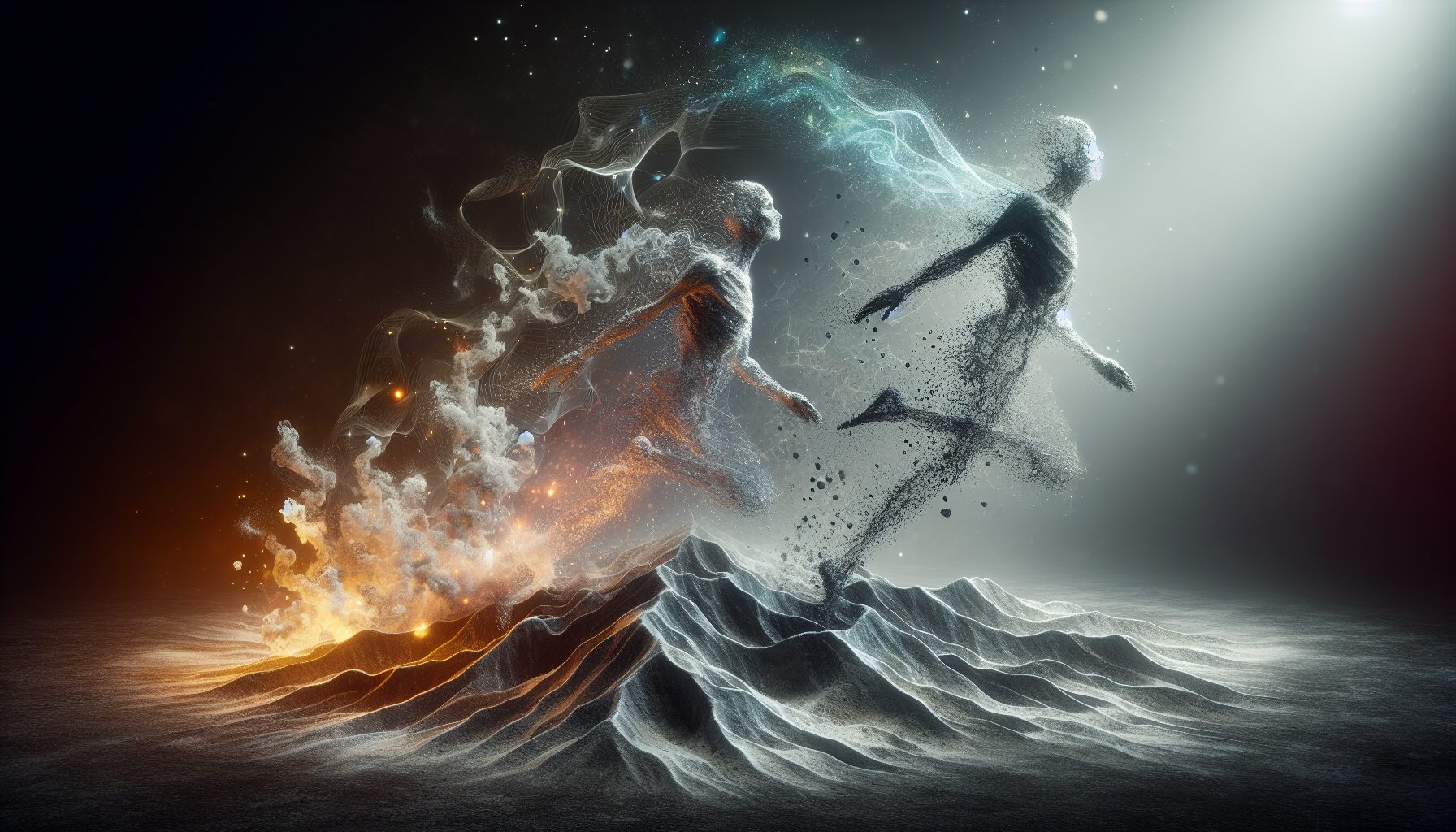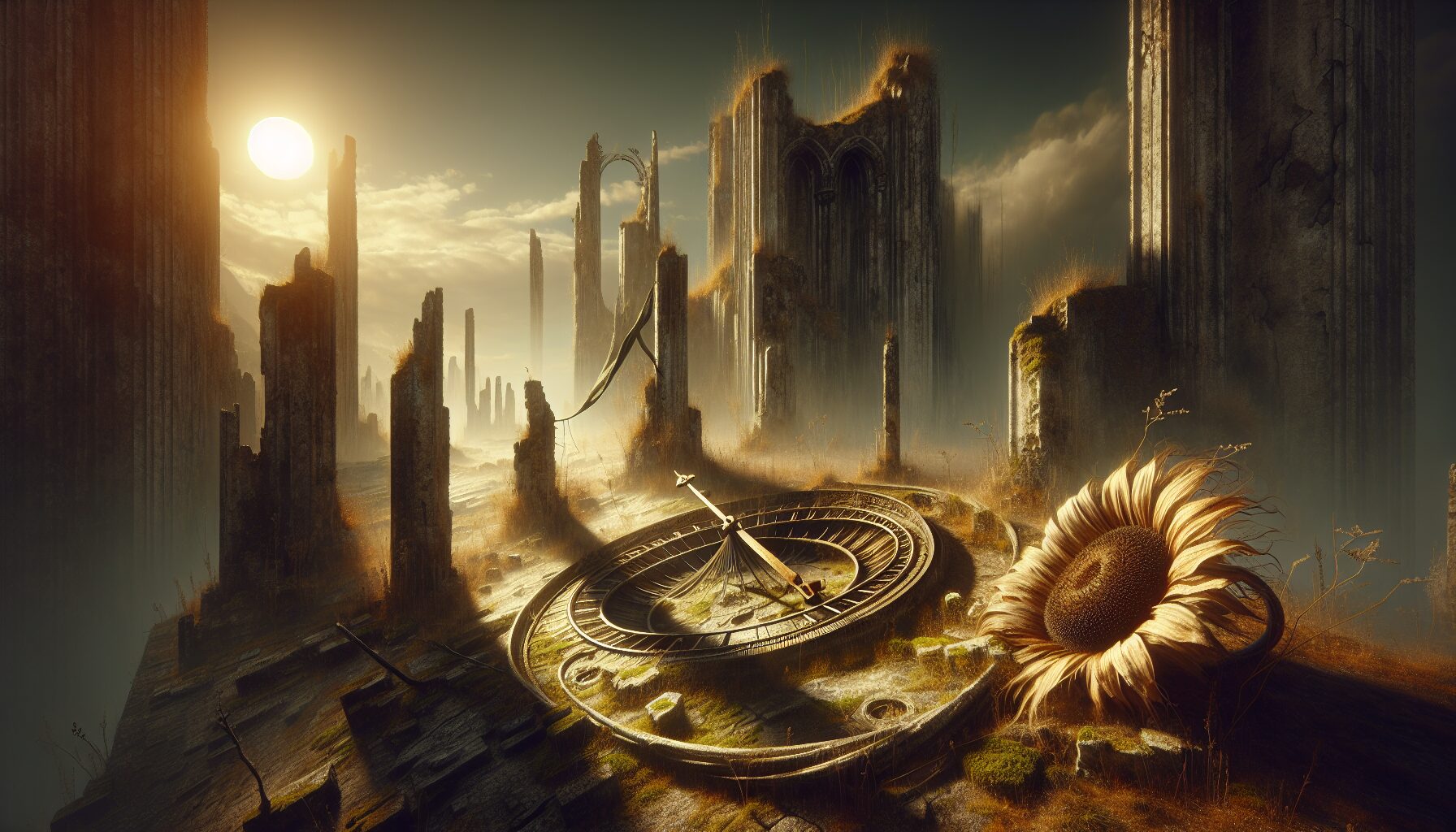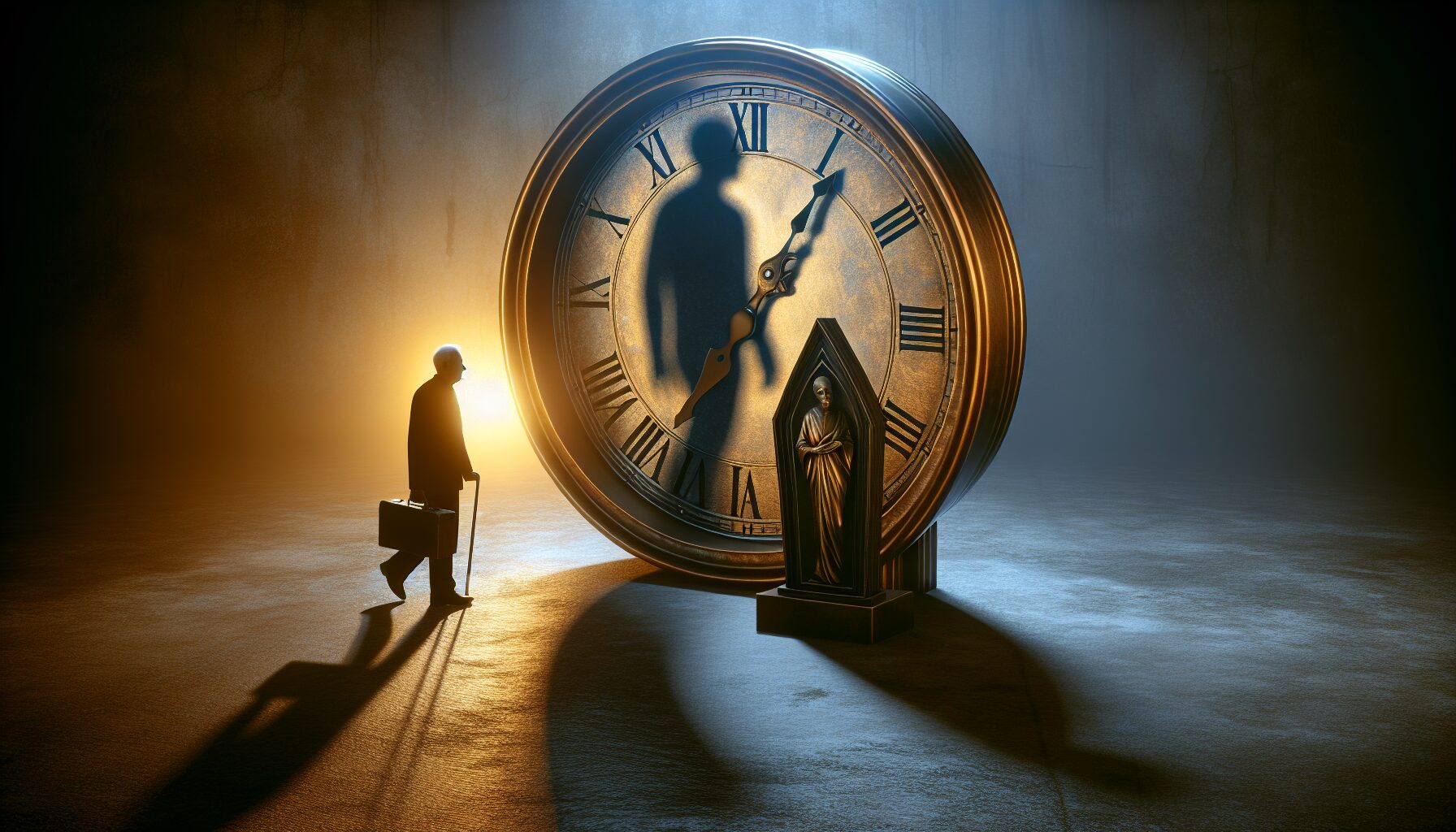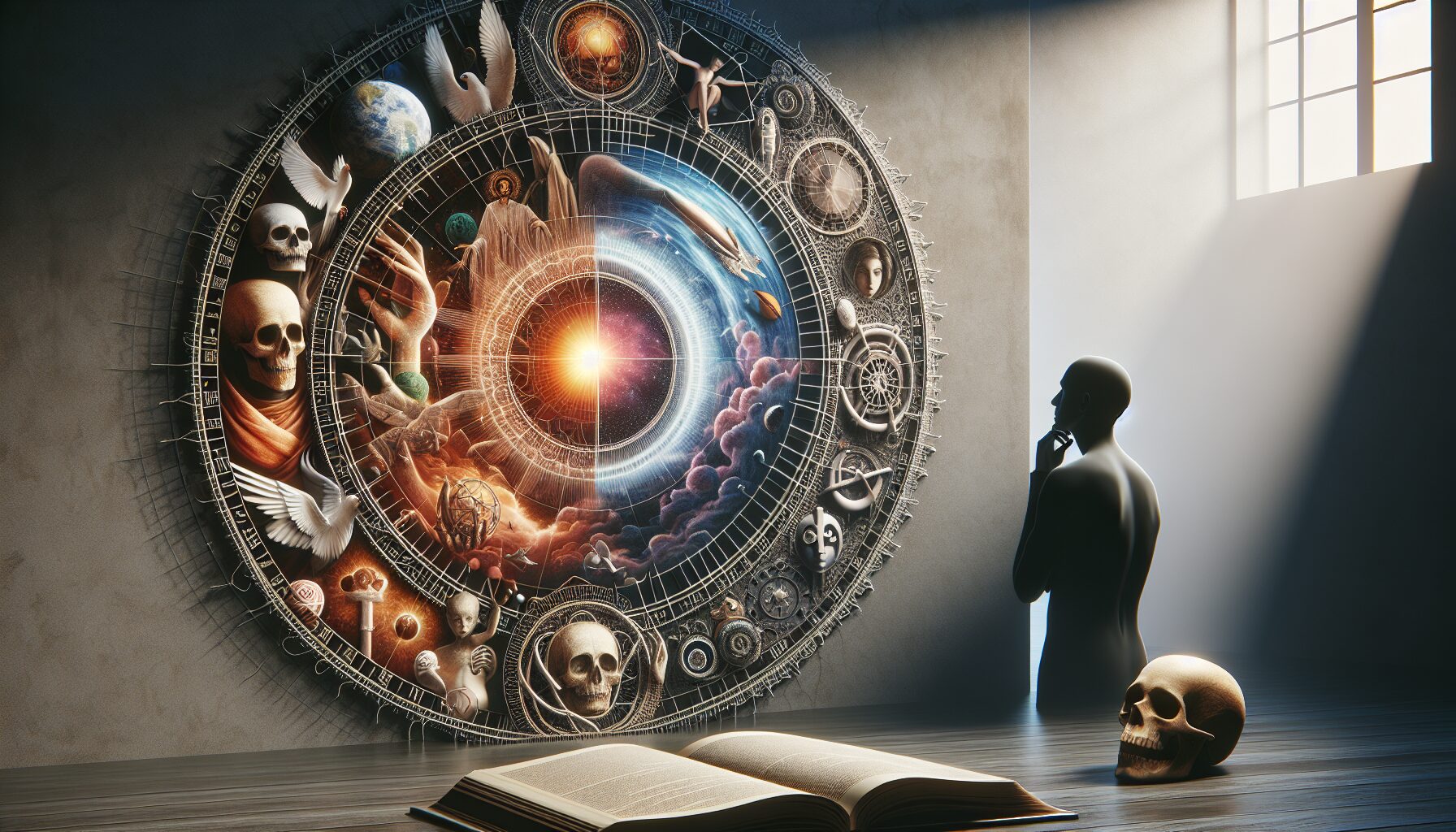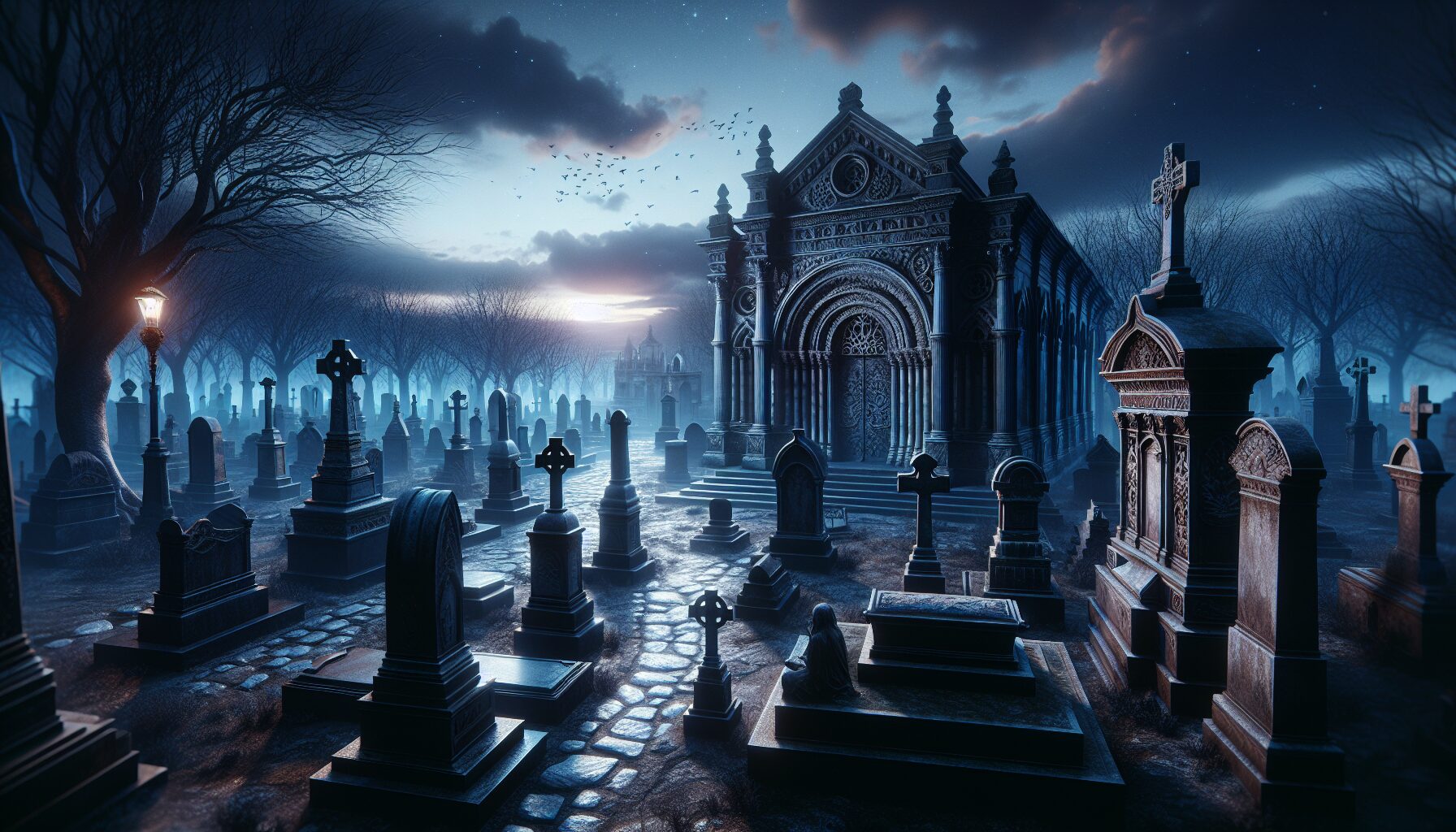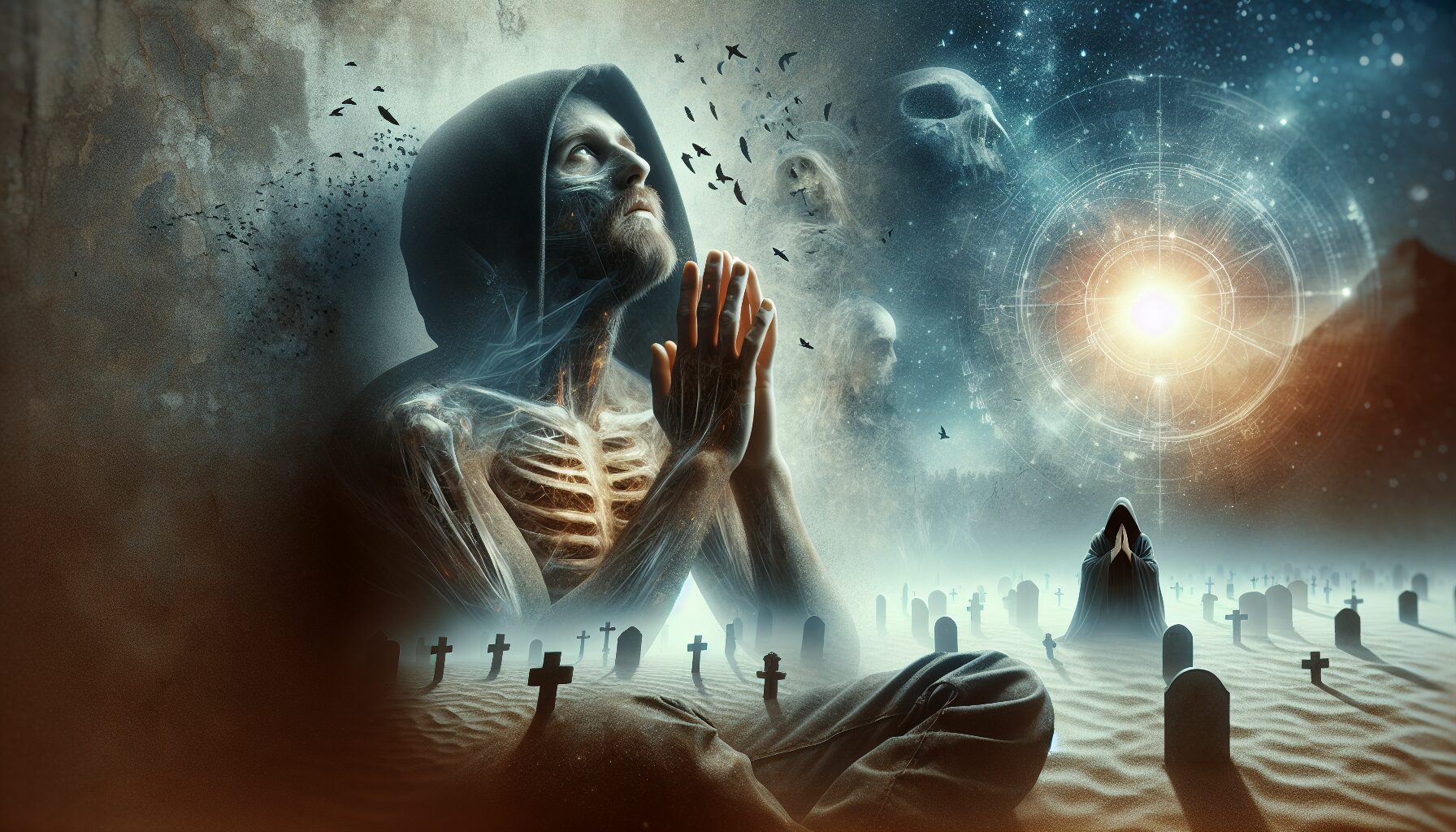The Smell of Decay: Sense as a Reminder of Mortality
The sense of smell, often underestimated yet profoundly powerful, possesses the ability to evoke memories and emotions that are deeply intertwined with our human experience. Among the myriad scents that waft through our lives, the smell of decay serves as a visceral reminder of mortality. This scent, unmistakable in its pungency, wields the power to awaken an awareness of the fleeting nature of life.
Understanding the Odor of Decay
The smell of decay is often characterized by its strong, unpleasant aroma, which results from the breakdown of organic matter. The decomposition process releases various compounds, including sulfur dioxide, cadaverine, and putrescine, which contribute to its distinctive odor. As studies on olfactory perception suggest, our sense of smell is closely tied to survival mechanisms, enabling us to detect not only food but also potential dangers such as infection or spoiled materials.
The Psychological Impact
Encountering the smell of decay often triggers a primal response, rooted in an evolutionary need to avoid rotten food or hazardous environments. However, the impact extends beyond physical reactions; it calls forth an existential reflection on life’s impermanence. A review by Psychology Today highlights how exposure to decay can heighten awareness of our own mortality, prompting introspection about the inevitability of death.
“The first condition of understanding a foreign country is to smell it.” – Rudyard Kipling
This quote by Rudyard Kipling speaks volumes about the connection between scent and awareness. Similarly, the smell of decay acts as a pungent prompt for understanding the transient nature of existence, transcending cultural and geographical boundaries.
Cultural Perspectives on Decay and Mortality
- Western Cultures: In many Western societies, the odor of decay is often associated with fear and taboo. This is reflected in practices surrounding funerals and the preservation of bodies. The idea of decay as something to be masked or hidden underscores a broader cultural discomfort with death.
- Eastern Philosophies: In contrast, some Eastern philosophies view mortality as a natural part of life’s cycle. For instance, the Japanese practice of Mono no aware (the pathos of things) embraces the beauty of transience, recognizing decay as an essential element of the universe’s impermanence.
Decay in Art and Literature
The scent of decay has often inspired artists and writers, serving as a metaphor for the human condition. In literature, decay frequently symbolizes moral and societal decline. Shakespeare’s Hamlet, for instance, employs decay as a metaphor for the corruption pervading the state of Denmark: “Something is rotten in the state of Denmark.” This line captures the smell of decay as a harbinger of moral collapse.
In visual arts, decay is used to evoke beauty within transience. Works by artists like Francis Bacon explore the disintegration of the human form, compelling viewers to confront the vulnerability of the human condition.
The Philosophical Perspective
Philosophically, the scent of decay aligns with existential themes exploring the nature of death and the value of life. French philosopher Simone de Beauvoir contemplated the inevitability of decay in “All Men are Mortal,” positing that the acceptance of mortality is essential to living a full life:
“Death must be present in life for certain short-lived things to mean anything at all.”
Acceptance and Embracing Life’s Fleeting Nature
To accept the smell of decay as part of the human experience is to acknowledge the ephemeral quality of life. In doing so, we may find a deeper appreciation for the moments we have. As we confront the uncomfortable reality of our mortality, we are reminded of the importance of embracing life’s impermanent beauty, cherishing each moment as it comes.
The smell of decay, then, becomes more than an unpleasant odor; it is a testament to the cyclical nature of existence, a call to mindfulness and a reminder that, like all things, we too shall pass. Embracing this inevitability can empower us to live more fully, with greater clarity and purpose.
